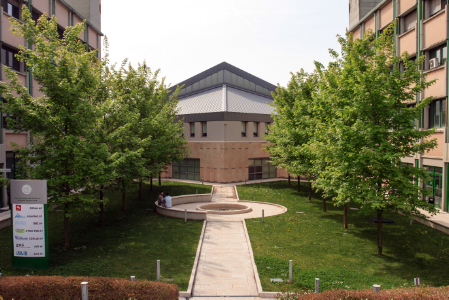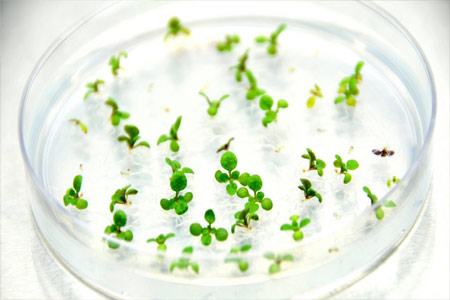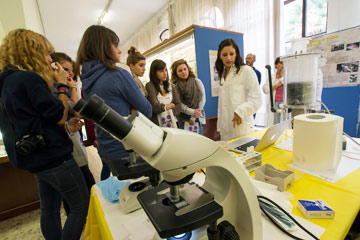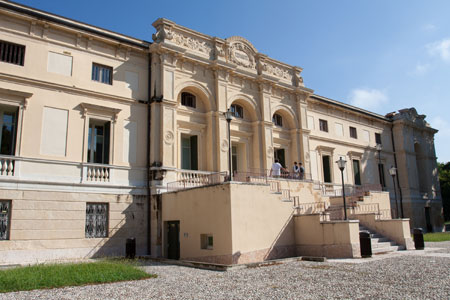Learning outcomes
Module: Teoria
-------
Advanced proteomic: comprehensive program focused on the concepts and technologies for studying the proteome, including the innovative new tools.
Module: Laboratorio
-------
Practical skill in proteome analysis.
Syllabus
Module: Teoria
-------
1. Introduction. The “Omics” sciences. Expressional, Functional, and Structural Proteomics.
2. Chromatographic methods (bi and multi dimensional) applied to proteome analysis. Multidimensional protein identification technology (MudPIT) and MultiDimensional Liquid Chromatography (MDLC).
3. Electrophoretic methods for proteome analysis. Isoelectrofocusing (carrier ampholytes IEF, and immobilized pH gradient, IPG). Polyacrylamide gel electrophoresis, PAGE (SDS-, Native-, and Gradient-PAGE). Two dimensional maps.
4. Sample preparation for proteomic analysis. Cell disruption, removal of interfering substances, protein solubilization, and protein quantification.
5. Pre-fractionation of the sample for the proteome analysis of low abundance proteins. Dynamic range. Differential centrifugation; immunoprecipitation; multi-step extraction of protein; affinity removal (albumin depletion, and Protein Equalizer Technology); and isoelectric focusing based fractionation (Rotofor, and Multi-compartment electrolyzer).
6. Image analysis: PDQuest and other softwares. Comparative proteomic analysis.
7. Mass spectrometry analysis. Mass spectra. Hard (electron impact EI) and soft ionization methods (chemical ionization CI, fast atom bombardment FAB, matrix assisted laser desorption ionization MALDI, and electrospray ionization ESI). Analyzers (magnetic sectors, quadrupole Q, time-of-flight TOF, ion trap IT, and Fourier Transform ion cyclotron resonance FT ICR). Detectors.
8. Tandem mass spectrometry MS/MS. Fragmenting a peptide. Tandem-in-space approach (TripleQ, Q-TOF, and TOF/TOF). Tandem-in-time approach (MALDI-TOF post source decay PSD, and IT).
9. Analysis of mass spectra. Data Base searching softwares and Data Bases for protein identification. Peptide Mass Fingerprinting (PMF), and Tandem MS data.
10. Quantitative proteomic analysis: Difference gel electrophoresis (DIGE), minimal and saturation labeling; stable isotope labeling by amino acid in cell culture (SILAC); isotope coded affinity tags (ICAT); isobaric tags for relative and absolute quantification (iTRAQ); absolute quantification (AQUA); acrylamide d0/d3; enzymatic labeling (H218O/ H216O); label free quantification (surface enhanced laser desorption/ionization SELDI-MS).
11. Post-translational modifications characterization. Glycosylation, nitration and nitrosylation, and phosphorylation. (IMAC; immunoprecipitation; biotin-switch, and other approaches).
12. Applications of proteomic analysis.
Module: Laboratorio
-------
Sample preparation.
Two-dimensional electrophoresis.
Staining protocols.
Image acquisition.
Image analysis.
Cut of the spots and spot preparation for MS analysis.
Protein identification through database searching of MS data.







